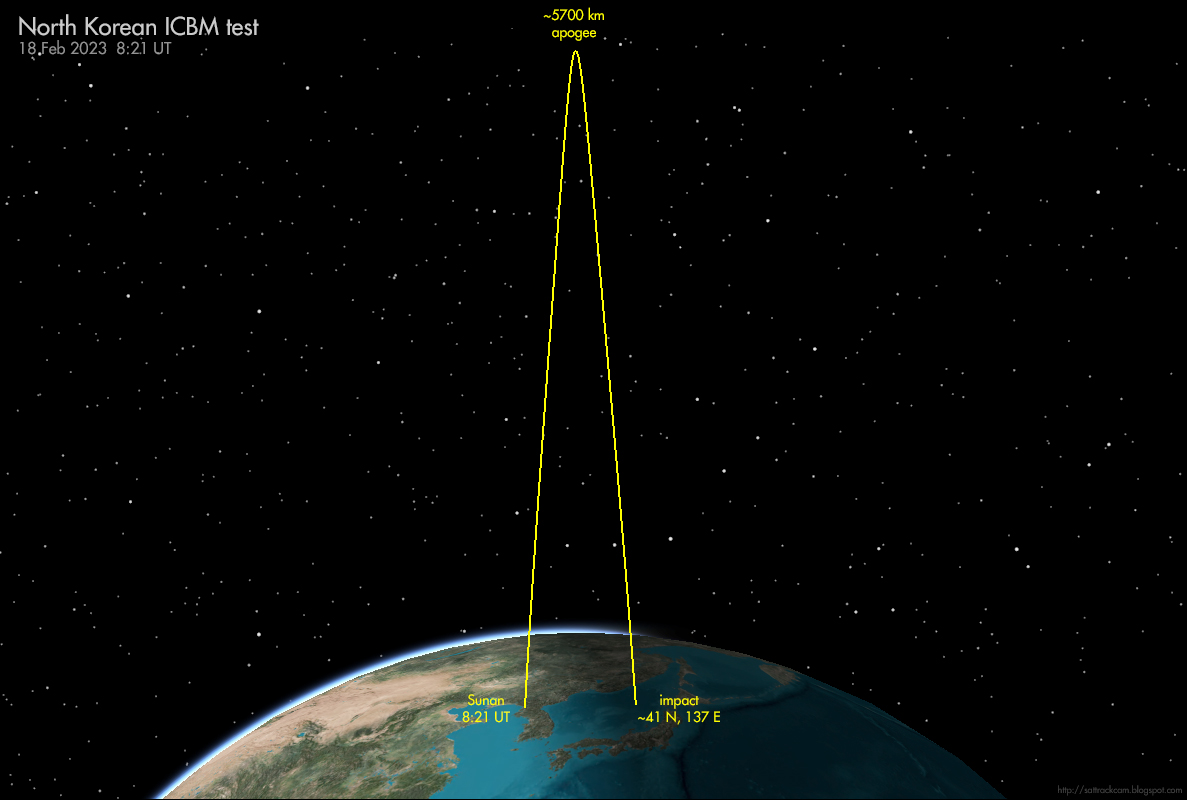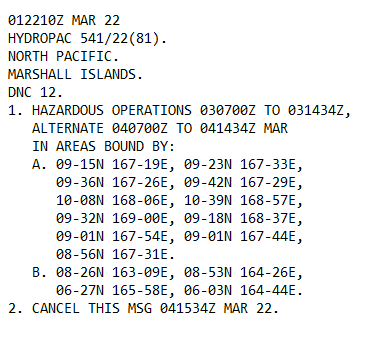1/3
Finally my first view of comet C/2020 F3 NEOWISE, albeit through gaps in a rather clouded sky & quite deep in twilight (around 3:50-4:00 CEST). From #Cronesteyn, #Leiden, the Netherlands.
Even with my current eyesight problems, could see it naked eye including a bit of tail


Finally my first view of comet C/2020 F3 NEOWISE, albeit through gaps in a rather clouded sky & quite deep in twilight (around 3:50-4:00 CEST). From #Cronesteyn, #Leiden, the Netherlands.
Even with my current eyesight problems, could see it naked eye including a bit of tail



2/3
This image is a single shot with a Canon EOS 80D + Samyang 2.0/135 mm, 2500 ISO, 0.5 seconds, just as it started to appear from behind clouds.
Very fine sight in 10 x 50 binoculars.
This image is a single shot with a Canon EOS 80D + Samyang 2.0/135 mm, 2500 ISO, 0.5 seconds, just as it started to appear from behind clouds.
Very fine sight in 10 x 50 binoculars.

3/3
These are two image stacks: one of 18 images of 0.5 seconds (ISO 1000); the other of 13 images of 1/3rd second (ISO 1000).
Canon EOS 80D + Samyang 2.0/135 mm on fixed tripod.

These are two image stacks: one of 18 images of 0.5 seconds (ISO 1000); the other of 13 images of 1/3rd second (ISO 1000).
Canon EOS 80D + Samyang 2.0/135 mm on fixed tripod.


• • •
Missing some Tweet in this thread? You can try to
force a refresh













